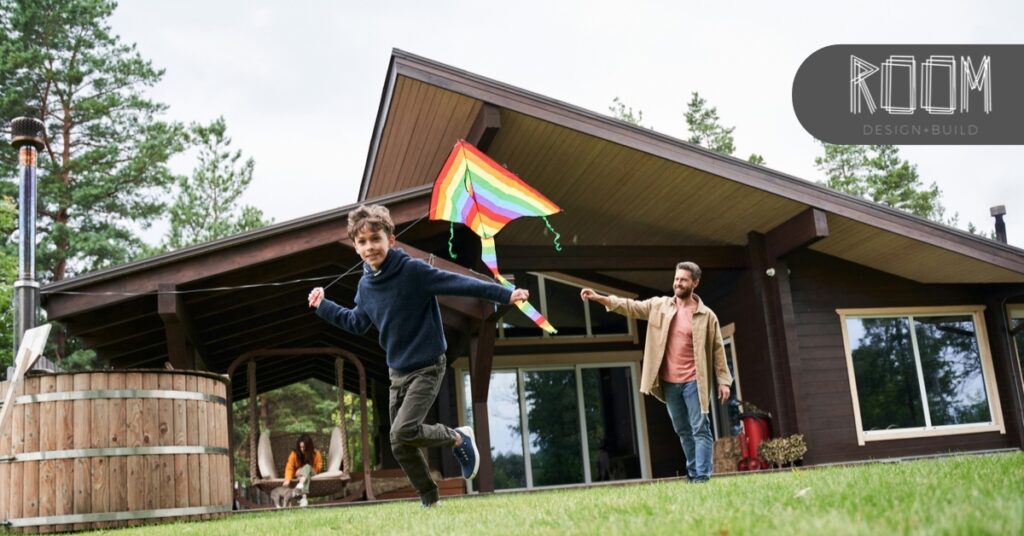Table of Contents
In this comprehensive exploration, we delve into the evolving landscape of housing in Ontario, focusing on the increasing significance of Accessory Dwelling Units (ADUs) and garden suites. This article provides an in-depth analysis of the major trends reshaping housing across the province, offering insights for industry professionals and customers navigating the complexities of residential and commercial developments.As Ontario faces growing housing demands, innovative solutions such as ADUs and garden suites are emerging as key elements in addressing the region’s affordability crisis and urban density challenges. This article outlines how changes in zoning laws, the adoption of prefabrication, and novel ownership models are set to transform Ontario’s housing landscape.
Elimination of Single-Family Zoning in Ontario Cities

Ontario cities, including Toronto, are reevaluating single-family zoning to promote housing diversity and affordability. This shift encourages a mix of housing types within residential neighborhoods, facilitating greater density and improved land utilization. Such changes are crucial in addressing Ontario’s housing affordability issues and in promoting a more inclusive urban environment.
The reevaluation of single-family zoning is part of a broader effort to address the growing need for housing in Ontario’s rapidly expanding urban areas. By allowing for the development of duplexes, triplexes, and multi-family units in areas previously designated for only single-family homes, municipalities are hoping to increase the supply of affordable housing. This approach also supports the diversification of housing options, which is essential for accommodating different family sizes, income levels, and lifestyle preferences.
Cities like Hamilton and Ottawa have begun to implement pilot projects to explore the effects of these zoning changes. These projects not only test the feasibility of mixed-housing developments but also gather community feedback to ensure that changes meet local needs while minimizing disruptions.
By challenging the traditional norms of urban development, Ontario cities are setting a precedent for innovative urban planning. These changes are likely to inspire other regions to reconsider their zoning laws, potentially leading to widespread improvements in housing affordability and urban livability across Canada. The ongoing success of these initiatives will depend on careful planning, community involvement, and a commitment to revising outdated regulations that no longer serve the best interests of the population.
Rise of Prefabricated Homes in Ontario
Ontario is witnessing a surge in the adoption of prefabricated homes as a solution to its housing challenges. These homes, built in controlled environments, are known for their cost-effectiveness and time efficiency. The integration of modern manufacturing technologies reduces construction time and environmental impact, aligning with Ontario’s sustainability goals.
Municipal Adoption of Pre-Approved Building Plans
To streamline construction processes, Ontario municipalities like Hamilton and Ottawa are offering pre-approved building plans. This innovation significantly cuts down the time from planning to construction, enabling quicker responses to housing demands and simplifying the builder’s journey through regulatory landscapes.
Multi-Unit ADUs and Garden Suites in Ontario

Ontario is adapting to the increased demand for affordable housing by allowing multi-unit ADUs. This trend not only increases housing stock but also provides more affordable living options. Cities such as Kitchener and Mississauga are exploring policies to support these structures, demonstrating a proactive approach to urban planning.
Flexibility in Home Design
In Ontario, the demand for flexible home designs is on the rise. These homes incorporate adaptable elements to meet the evolving needs of residents, such as home offices and multi-generational living spaces. This adaptability is becoming a staple in Ontario’s new housing developments, catering to a diverse population with varying needs.
New Ownership Opportunities with ADUs
Ontario is exploring legislative changes that could allow ADUs to be owned independently of the main residence. This development would create new investment opportunities and provide more entry points into the housing market, particularly in high-demand areas like the Greater Toronto Area.
Legal and Financial Structures in Co-Ownership
Co-ownership is gaining momentum in Ontario as an innovative solution to housing affordability. It allows individuals to share the costs and benefits of property ownership, making it a viable option for many who might otherwise be priced out of the market. Platforms and services that facilitate co-ownership are becoming more prevalent, reflecting a shift towards more collaborative approaches to housing.
Summary

Ontario’s housing landscape is undergoing significant transformation, driven by creative solutions and regulatory changes. By understanding and leveraging these trends, stakeholders can better navigate the market, benefiting from opportunities for growth and innovation in the housing sector.
The advent of ADUs and garden suites, alongside the shift towards more flexible zoning laws and prefabricated construction, are not just reshaping the physical environment but also the socio-economic fabric of Ontario’s communities. These trends reflect a proactive approach to the dual challenges of urban density and housing affordability, which are crucial for sustainable urban development.
For professionals in the construction and real estate sectors, staying ahead of these trends will be key to capitalizing on the new opportunities they present. Continued education, adaptation to new technologies, and engagement with community planning can enhance their ability to meet the changing needs of Ontario residents.
In conclusion, the future of housing in Ontario looks promising with innovative designs and strategies poised to create more livable, sustainable, and inclusive urban environments. Stakeholders who embrace these changes can look forward to playing a pivotal role in the evolution of Ontario’s cities and towns, crafting a built environment that meets the needs of its diverse population for generations to come.
Room Design Build is an architectural design and build firm located in Toronto. If you need more information on design and build, contact us today and learn how we can help you.



